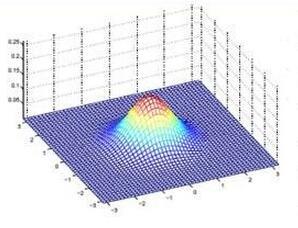Signal cancellation provides a radically new and efficient approach to exploratory factor analysis, without matrix decomposition nor presetting the required number of factors. Its current implementation requires that each factor has at least two unique indicators. Its principle is that it is always possible to combine two indicator variables exclusive to the same factor with weights that cancel their common factor information. Successful combinations, consisting of nose only, are recognized by their null correlations with all remaining variables. The optimal combinations of multifactorial indicators, though, typically retain correlations with some other variables. Their signal, however, can be cancelled through combinations with unifactorial indicators of their contributing factors. The loadings are estimated from the relative signal cancellation weights of the variables involved along with their observed correlations. The factor correlations are obtained from those of their unifactorial indicators, corrected by their factor loadings. The method is illustrated with synthetic data from a complex six-factor structure that even includes two doublet factors. Another example using actual data documents that signal cancellation can rival confirmatory factor analysis.
翻译:暂无翻译


